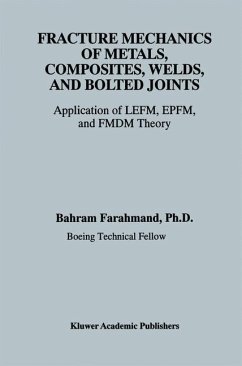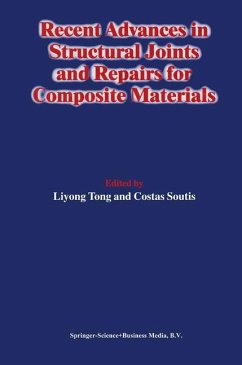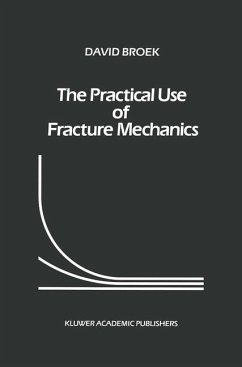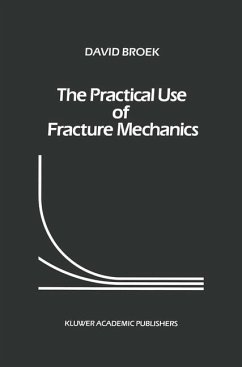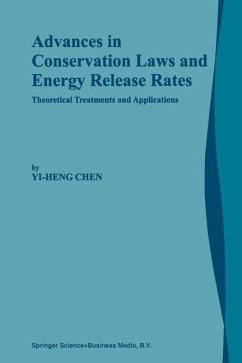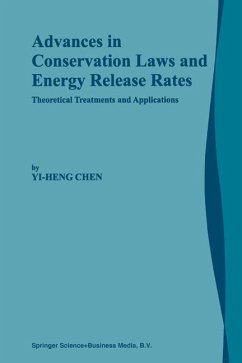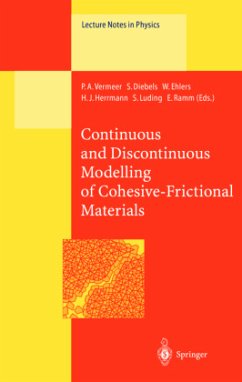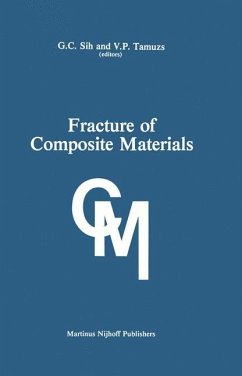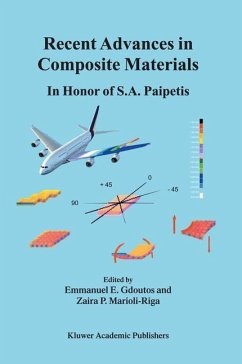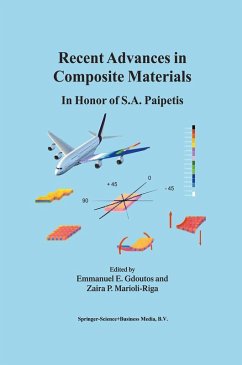
Fracture Mechanics of Metals, Composites, Welds, and Bolted Joints
Application of LEFM, EPFM, and FMDM Theory
Versandkostenfrei!
Versandfertig in 1-2 Wochen
115,99 €
inkl. MwSt.
Weitere Ausgaben:

PAYBACK Punkte
58 °P sammeln!
In the preliminary stage of designing new structural hardware to perform a given mission in a fluctuating load environment, there are several factors that the designer should consider. Trade studies for different design configurations should be performed and, based on strength and weight considerations, among others, an optimum configuration selected. The selected design must withstand the environment in question without failure. Therefore, a comprehensive structural analysis that consists of static, dynamic, fatigue, and fracture is necessary to ensure the integrity of the structure. Engineer...
In the preliminary stage of designing new structural hardware to perform a given mission in a fluctuating load environment, there are several factors that the designer should consider. Trade studies for different design configurations should be performed and, based on strength and weight considerations, among others, an optimum configuration selected. The selected design must withstand the environment in question without failure. Therefore, a comprehensive structural analysis that consists of static, dynamic, fatigue, and fracture is necessary to ensure the integrity of the structure. Engineers must also consider the feasibility of fabricating the structural hardware in the material selection process. During the past few decades, fracture mechanics has become a necessary discipline for the solution of many structural problems in which the survivability of structure containing pre-existing flaws is of great interest. These problems include structural failures resulting from cracksthat are inherent in the material, or defects that are introduced in the part due to improper handling or rough machining, that must be assessed through fracture mechanics concepts.





